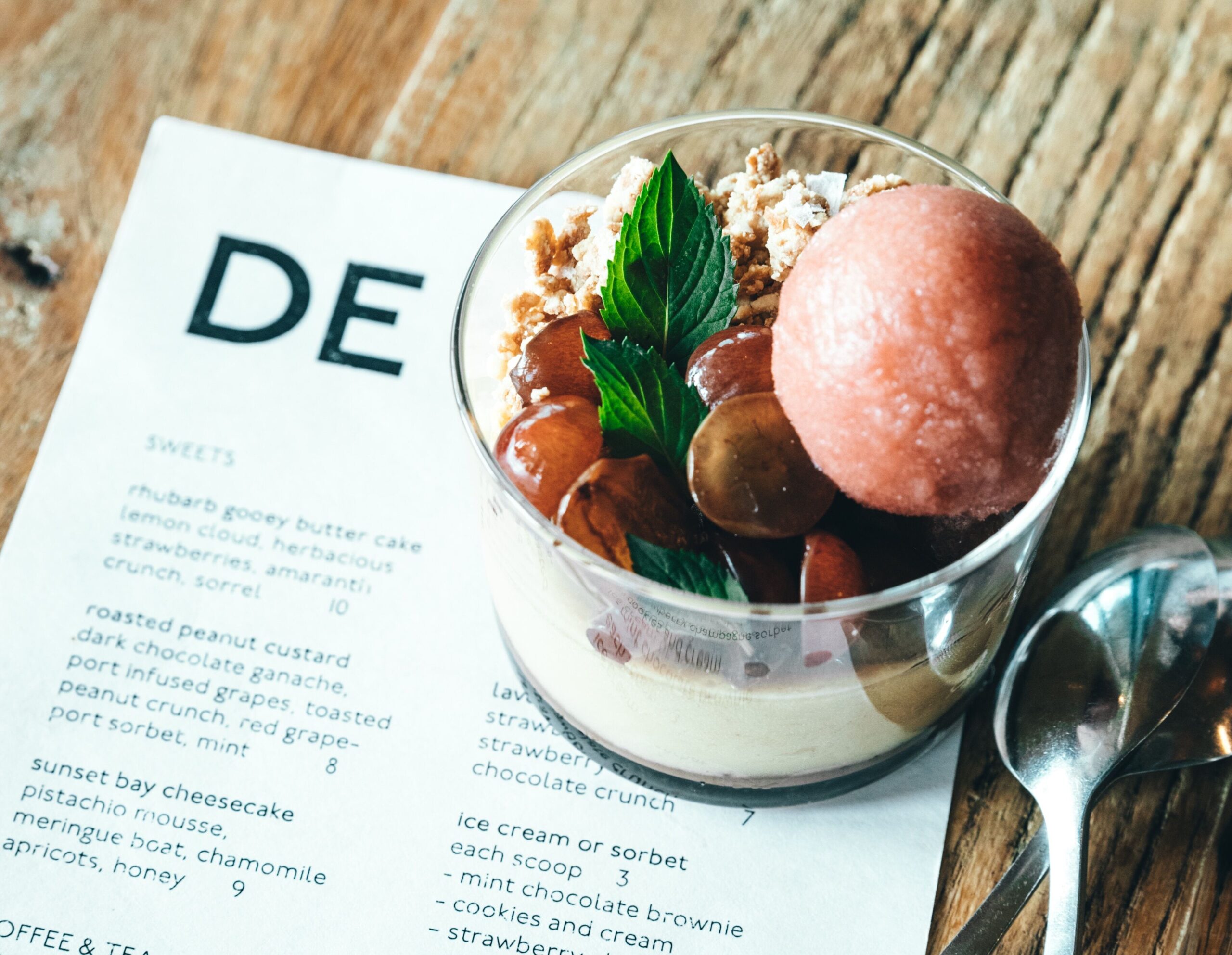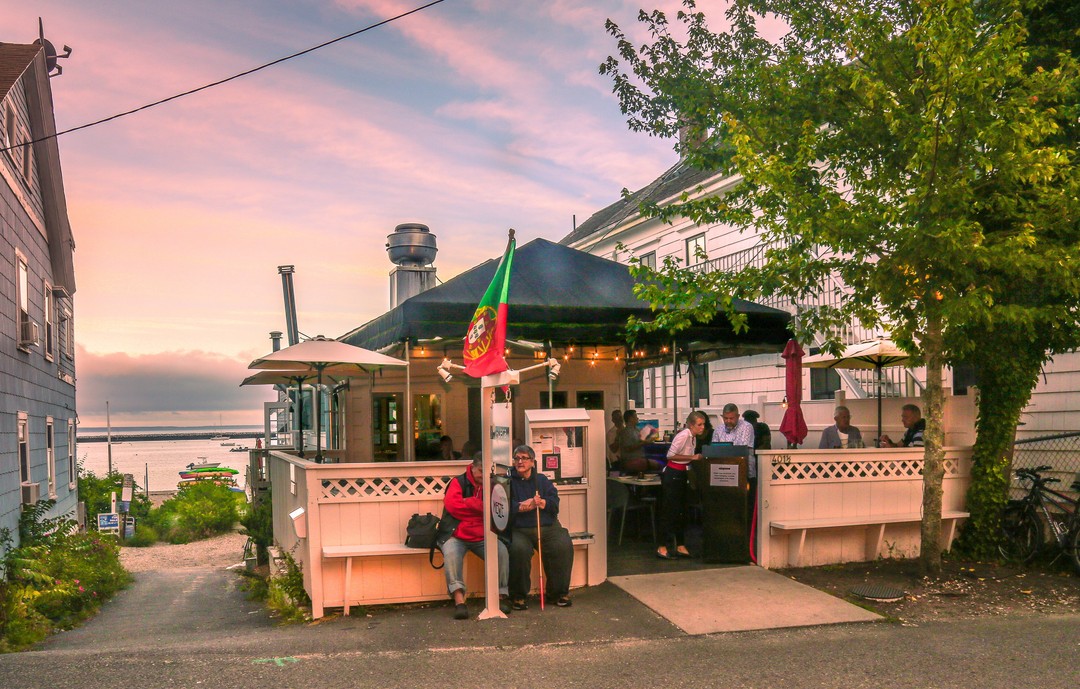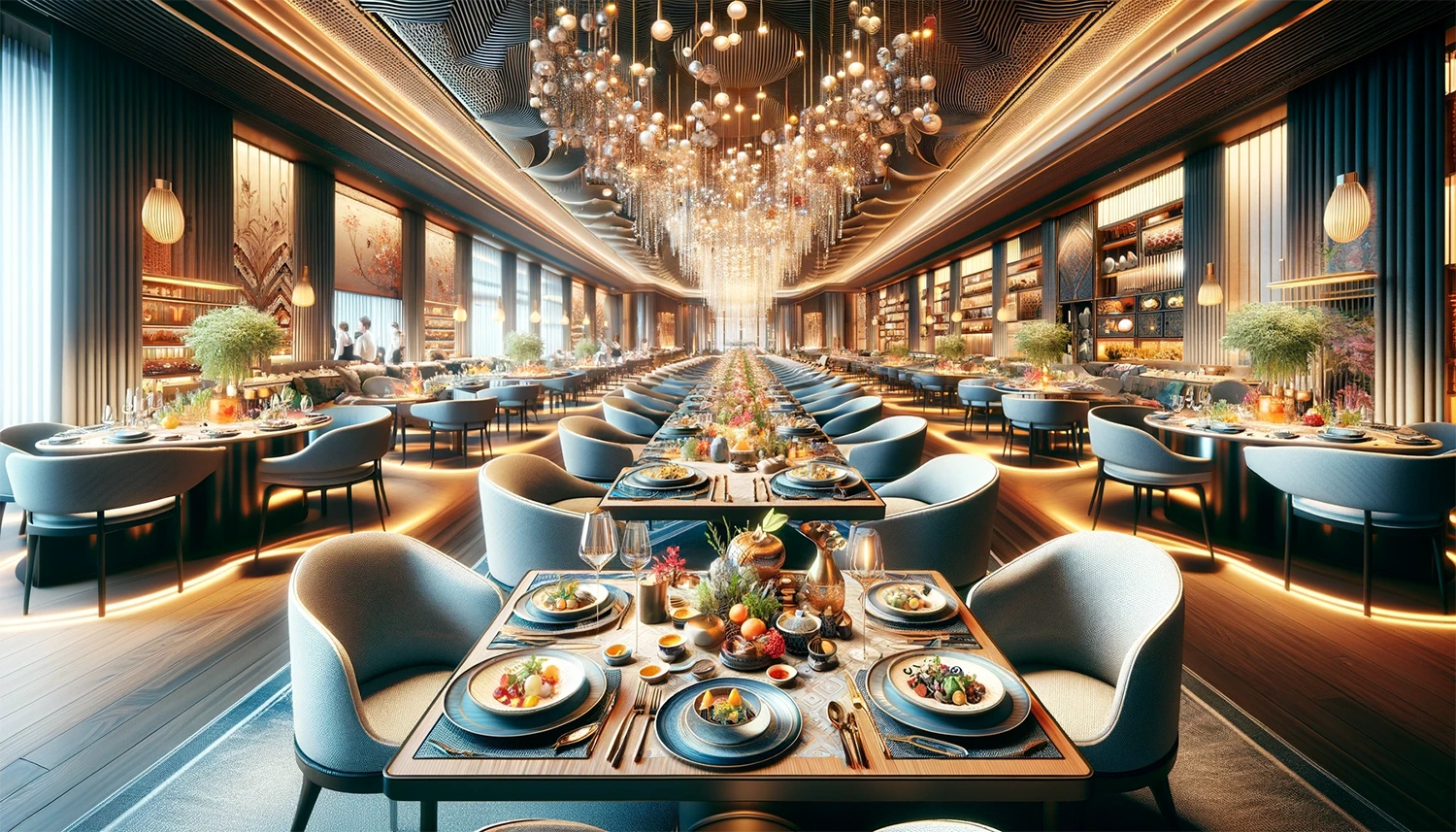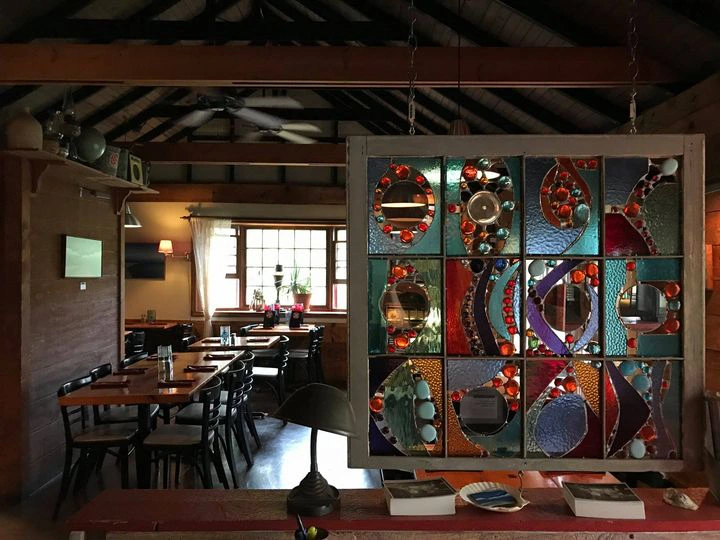From food and labor costs to quality, service, and beyond
Because menu prices tie directly to profit, setting prices is one of the most important activities restaurant owners and chefs undertake, but it’s not always easy, especially in a time of labor shortages and escalating costs.
Stellar Menus spoke to four restaurant owners to see how they balance pricing inputs while keeping the business profitable and delighting guests.
1. Quality comes first when you’re making food from scratch
Audrey Laili, Owner
Joon Bar and Kitchen
https://joonbar.com/
We make everything from scratch at Joon Bar, so quality comes first. And quality means more labor, which in turn means higher pricing. Our duck sliders are a good example. We grind the duck breast, make the biscuits, and smoke the cheddar. The team sometimes makes them a little bigger than they should be, but I’m okay with sacrificing a little margin because they’re delicious, something we’re known for up and down the Cape, and a dish that keeps customers coming back year after year. But because labor cost is critical, I have to keep an eye on the price.
For the wine list, I think about the perception of value rather than the actual margin. I think about retail prices and how they affect people’s perception of value. It’s a balance. Sometimes, on some wines, I follow the standard restaurant rule of thumb—you charge the bottle price for a glass. But I also try to balance it. If I buy something on closeout and get a good deal because the seller has moved on to the next vintage, I won’t mark that up to what it would have cost me; I like to pass along the deal to our guests.
Setting prices is a balance between giving patrons deals where we can but also charging enough to cover the costs of delivering quality.
2. Sometimes it pays to take sacred cows off your menu
Fred Latasa-Nicks, Executive Chef
Strangers & Saints
https://strangersandsaints.com/
I start by understanding the food cost. To be more efficient, I look at the most costly ingredients in each dish to set a baseline cost. Then I add 25 to 30% on that to ensure I capture the less expensive ingredients. This is much faster and less daunting than trying to cost out every ingredient in a recipe.
Labor has become a much more significant component in evaluating the cost of a dish. Recently, I’ve taken some items—even ones we saw as sacred cows—off my menu because they just require too much labor to prepare. This is a big change for us, but it allows us to operate a profitable business.
I also always look at the competition. By understanding what my local competition is charging, I get a sense of what the market will bear and make sure our process doesn’t result in prices that limit sales.
3. Higher-end restaurants have unique pricing challenges
Philip Mossy, Executive Chef & Owner
The Red Inn
https://theredinn.com
I operate a higher-end restaurant, which creates some unique pricing challenges. I obviously have to consider food and labor costs, but I also need to be very attuned to the market and to what price is right to sell at.
Take a porterhouse steak, for example. I might pay $30 for it. Food cost is supposed to be in the 30% range, which means we’d price it at $90. But how will it sell? Some people will buy at $90, but not as many as if I charged $70. So I’ll likely price it lower. I’ll make less money on each one, but they’ll move, and I’ll sell more and make more money overall.
And we can still manage our overall food cost. It all equals out in the long run because we have other things that aren’t as expensive to make, like french fries, where we can make a higher margin.
4. Experience and eating out a lot means this owner can trust his gut
Steve Katsurinis, President, Owner
Yolqueria & Mezzaterranean
https://mezzeptown.com/
The primary factors I look at are the cost of goods and labor. But it’s comparative, not mechanical—like, how much has labor gone up from last year? We also go into similar restaurants, places where our diners might also choose to go, to look at the whole experience. One restaurant might have lower pricing with lower quality food, while another has high pricing but has ambiance and is on the water.
We also look at what the market will bear. There’s one restaurant we go to here because they’re constantly pushing the prices as far as they’ll go. And the restaurant is still pretty full because people aren’t that price sensitive on vacation. They want an expensive meal rather than Chipotle, which they can get any time.
In the end, I’d say we’re not formulaic about pricing. We eat out a lot and know what others are doing in our community, so we trust our gut
Up next: Restaurant owners share how the current labor market affects how they price their menus
Stay tuned for our next post, where restaurant owners share how they’ve adapted their menus to account for rising labor costs and ongoing labor shortages.
What questions do you have for your fellow restaurateurs, chefs, and operators? Send them to alex@stellarmenus.com, and we’ll consider asking our panel to answer them in upcoming interviews.









